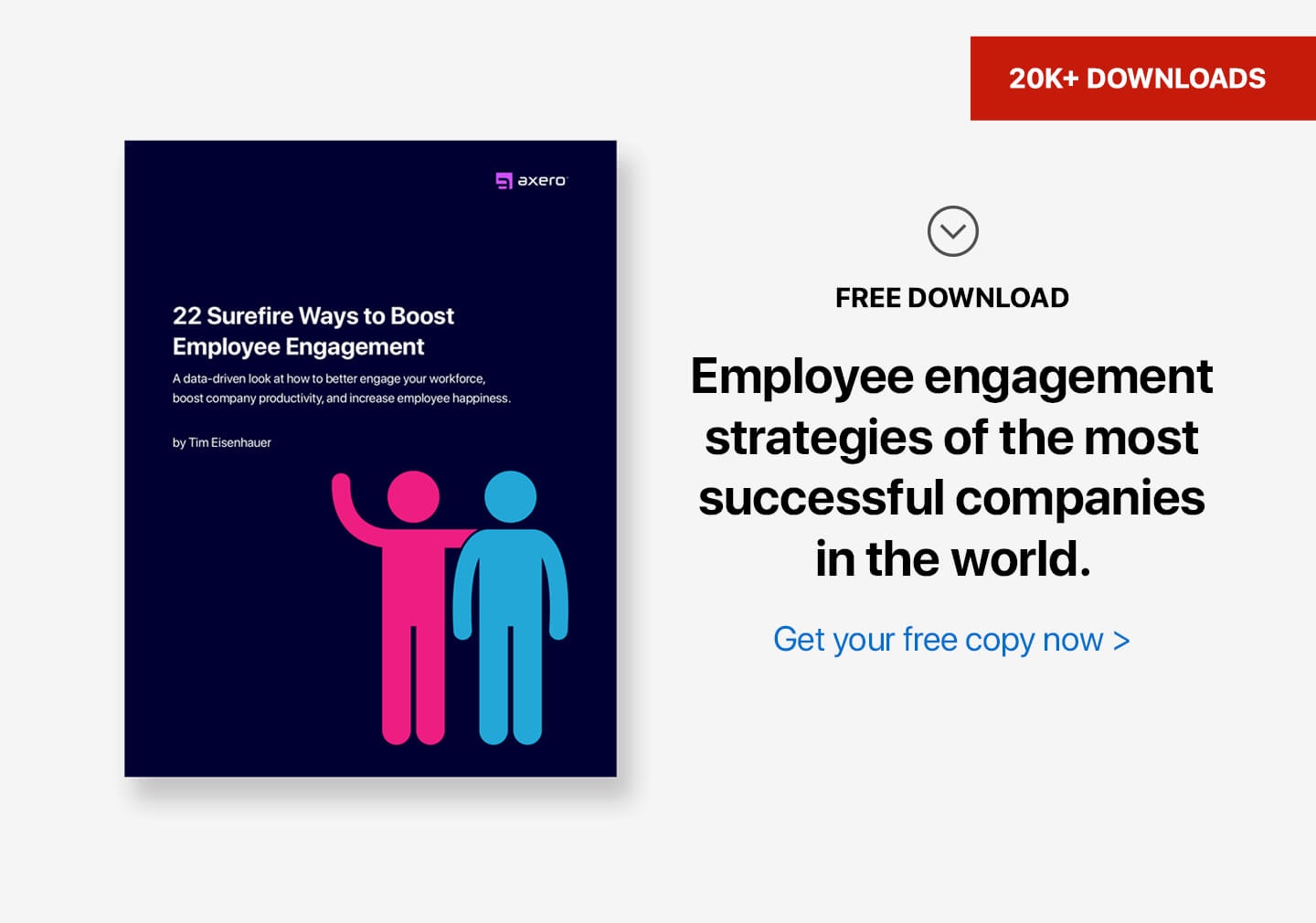Managing diverse personalities
— Director, Administration
A couple of posts ago, I quoted Blair Warren’s piece, The One-Sentence Persuasion Course: 27 Words to Make the World Do Your Bidding.
In my post, I made employee leadership and engagement sound pretty easy. Use Blair Warren’s formula. It has worked for cult leaders, and it’ll work for you. For example, the first thing a cult leader does to persuade others to join his cult is “encourage their dreams.”
It sounds reasonable until you try to figure out which dreams you want to encourage. One person’s dreams are another person’s nightmare. Picking a lunch spot for four people could be a task, let alone getting a hodge-podge team of employees to work together towards a goal.
So it’s easy to see how “managing diverse personalities” could become one Director’s biggest challenge at work. Let me say a little more about that.
When working on Who the Hell Wants to Work for You? I researched scores of employee-friendly companies that made Fortune’s 100 Best Places to Work for in America. One of these companies was Google.
Google uses a barrage of surveys to get employees to weigh in on everything. This was how it came to light that one of their employees’ most cherished dreams was to do away with all management. Larry Page and Sergey Brin briefly experimented with a flat Google. They found out that, between the two of them, they didn’t have enough time to approve all the vacation requests. So, they had to bring the managers back.
The company emerged from the experiment with fewer managers and fewer management layers. Each front-line manager now had about thirty direct reports. This was done to discourage micromanagement, one of the chief complaints among Google rank and file. Through the surveys, Google also learned what kinds of behaviors made for an ideal boss. Then, they asked employees to routinely evaluate their managers against these traits. Last, Google invested heavily in developing and coaching its managers. Although Googlers didn’t get their pipe dream—a boss-free workspace—you could argue that they got the next best thing.
This type of compromise was not good enough for Tony Hsieh, the CEO of online retailer Zappos and a cult leader of sorts. In 2014, Hsieh stunned his employees and the rest of the business world with a move to complete self-management. No titles. No people managers. No performance reviews.
The move empowered some employees to live their dreams. For example, dog owners can now bring their pets to work without having to ask permission or fear repercussions. It also crushed a few dreams. Among these is a former people ops manager, whose lifelong ambition had been to become a VP of HR. Nevertheless, the company has held on to about 70% of its people and is making its numbers.
So, what can our Admin Director learn from Fortune’s best about managing diverse personalities? A few things:
- A strong workplace culture helps people overcome their differences and focus on the job, so that they need little hand-holding. Both Google and Zappos are famous for being a world unto themselves. Both are large, successful (and rich) companies where employees enjoy uncommon freedom. To quote Tyler Williams of Zappos, “We’re more policed now as a company based on peer pressure rather than on micromanagement.” 1
(If you are contemplating a culture shift at your company, I’d like to share a few clear-cut dos and don’ts. Before you cross into uncharted territory, please take a peek at Chapter 16 of Who the Hell Wants to Work for You?—Got Culture?)
-
You can never satisfy every diverse personality 100%. What you can do is listen. Give them a chance to tell you their dreams, their regrets, their fears, their suspicions. Let them point their finger at the source of their problems, even if it’s you, the manager. Especially if it’s you. Again, both Google and Zappos, and just about every company I talk about in Who the Hell Wants to Work for You? are great at listening to their people. If you want to know how they do it, check out Chapter 19, Give Them a Voice.
-
Personalize your style where it makes sense. One place where a manager should take each personality into account is performance management. Don’t go by the standard procedure. Change the frequency and content of your meetings depending on the needs of each employee. See examples of this in Chapter 4, Set Goals.
-
When you make a decision that affects multiple people, don’t aim at perfection. Nobody expects it. Just be clear about how you arrived at your decision. When we ask for input and explain our reasoning, we often fear we’ll never hear the end of it. However, the best managers I’ve come across say the opposite is true. By giving your people a chance to take part, you make it easier for them to accept the outcome, even if it’s not in their favor.
-
Expect that some people won’t fit in and make it easy for them to leave. Tony Hsieh is an excellent example of this. He is famous for giving generous buy-out packages to employees who don’t love it there. Every time Zappos has changed course, he bought out nearly 20% of the company.
The more personalities you have on your team, the less you have to manage and the more you have to lead. You can use Blair Warren’s five points to get to know your people and earn their trust. You can try to learn from the best. In the end, it’s about transforming yourself from a manager into a leader. And that’s the work of a lifetime.
If you like personality, you might like my book, because it’s about people doing things their own way.
Communifire is the intranet software that moves work forward and brings your employees together. Take your business to the next level. Schedule a demo today.
_____









